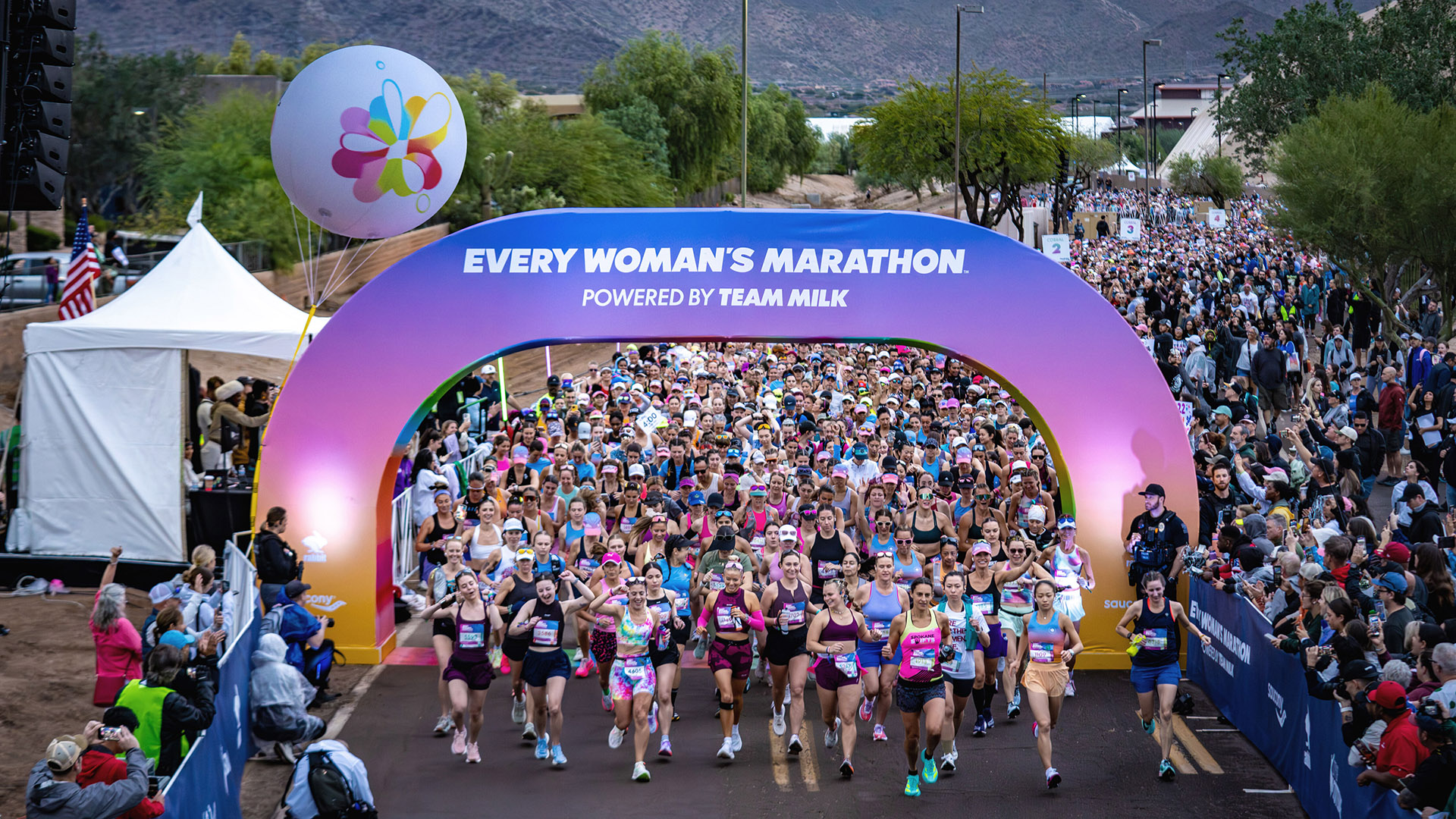Who’s going to be ok?
This will be hugely beneficial for “walled gardens,” or closed ecosystems in which the user is logged in and there is no dependence on a cookie to identify the user — we know them today as the Facebooks, Googles and Amazons of the world. Marketers who’ve gotten the jump on collecting and building out first-party data to activate within walled gardens will also be better off.
Brands with first-party data would simply tell the walled gardens the user ID (e.g. email address) of users they want to target through first-party data onboarding, and the walled gardens would leverage the ID of the logged in user to serve them the brand’s targeted ad.
Customer data platforms (CDPs) are thriving and replacing DMPs, the former darlings of the adtech landscape. While DMPs manage and reach users through anonymized cookies, CDPs manage and reach through PII. With a CDP you have a first-party customer record identified with PII, with all the associated customer data like demographics, behaviors, interests, propensities and lifetime values. The CDP becomes the source for data onboarding used for targeting, eliminating the DMP.











